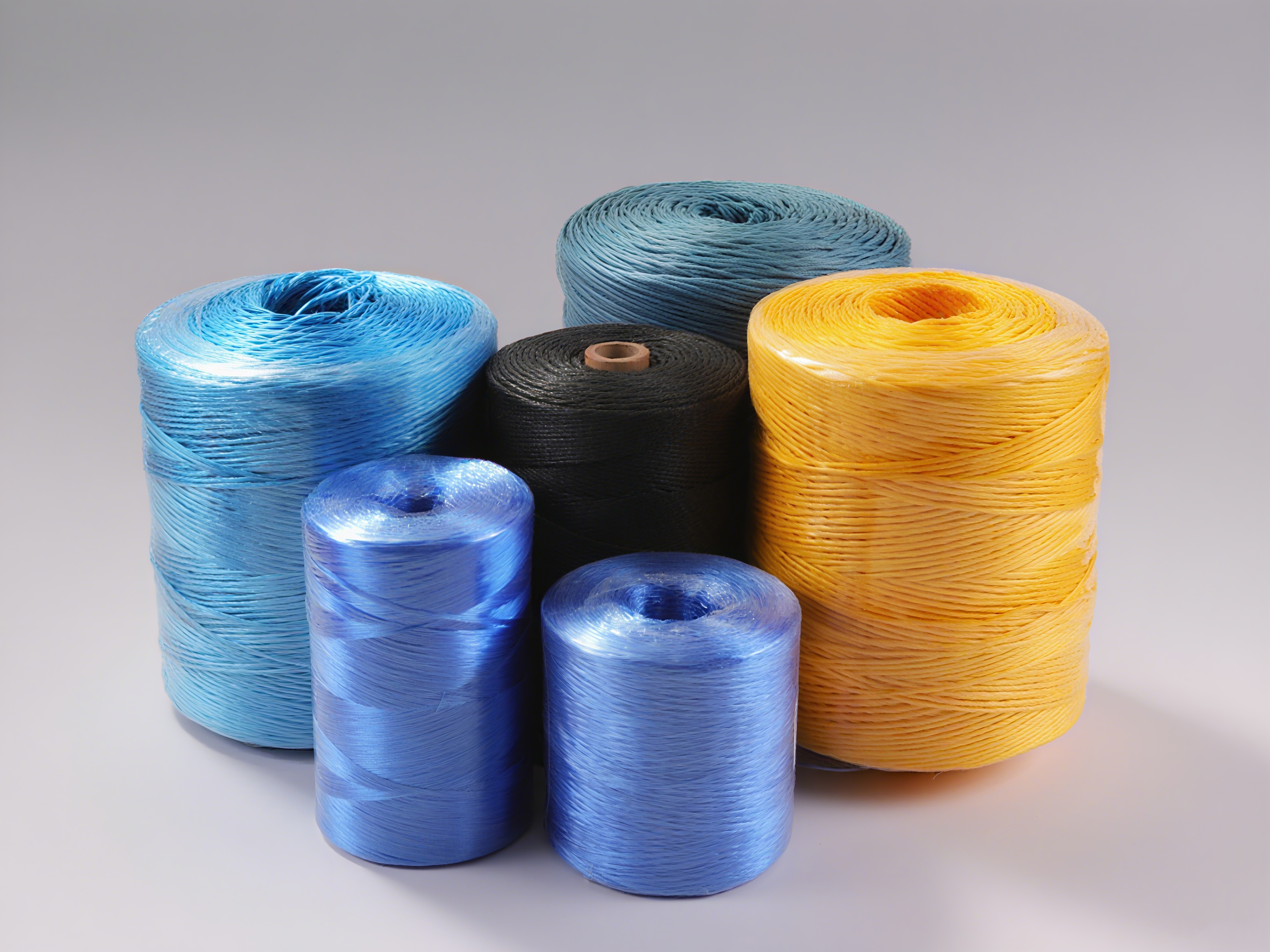PP Split Film Rope, also known as Polypropylene Split Film Rope, is a packaging rope product made primarily from polypropylene (PP). Its production process typically involves melt-extruding polypropylene into a thin film, mechanically tearing it into flat strips, and finally twisting the strips into a rope. 
It has distinct characteristics: First, PP Split Film Rope is lightweight yet resilient, offering a certain load-bearing capacity, making it suitable for packaging applications such as bundling and lashing. Second, it is highly corrosion-resistant, unaffected by acids and alkalis, and maintains a certain degree of stability even in humid environments. Furthermore, its relatively low cost and simple production process have led to its widespread use in logistics, agriculture, and daily life, such as for bundling cartons, vegetables, and wood. However, its high-temperature resistance is limited, and it may soften in high-temperature environments. Therefore, care should be taken to avoid excessively high temperatures when using it.
The load-bearing capacity of PP Split Film Rope is not a fixed value. It depends primarily on its specifications (such as diameter, number of strands, and monofilament thickness) and production process, and generally ranges from a few kilograms to several dozen kilograms.
For example, common thin PP Split Film Ropes (1-2 mm diameter, single or double strands) typically have a load capacity of 5-15 kg and are suitable for tying lightweight items (such as vegetables and small cartons). Thicker multi-strand ropes (3-5 mm diameter and above) can carry up to 20-50 kg and are suitable for tying heavier goods (such as wood and medium-sized packages).
In actual use, the load capacity is also affected by environmental factors (for example, humidity and high temperature may slightly reduce toughness). Therefore, it is recommended to select the appropriate specifications based on specific load requirements and avoid long-term overloading.
Post time: Aug-08-2025

